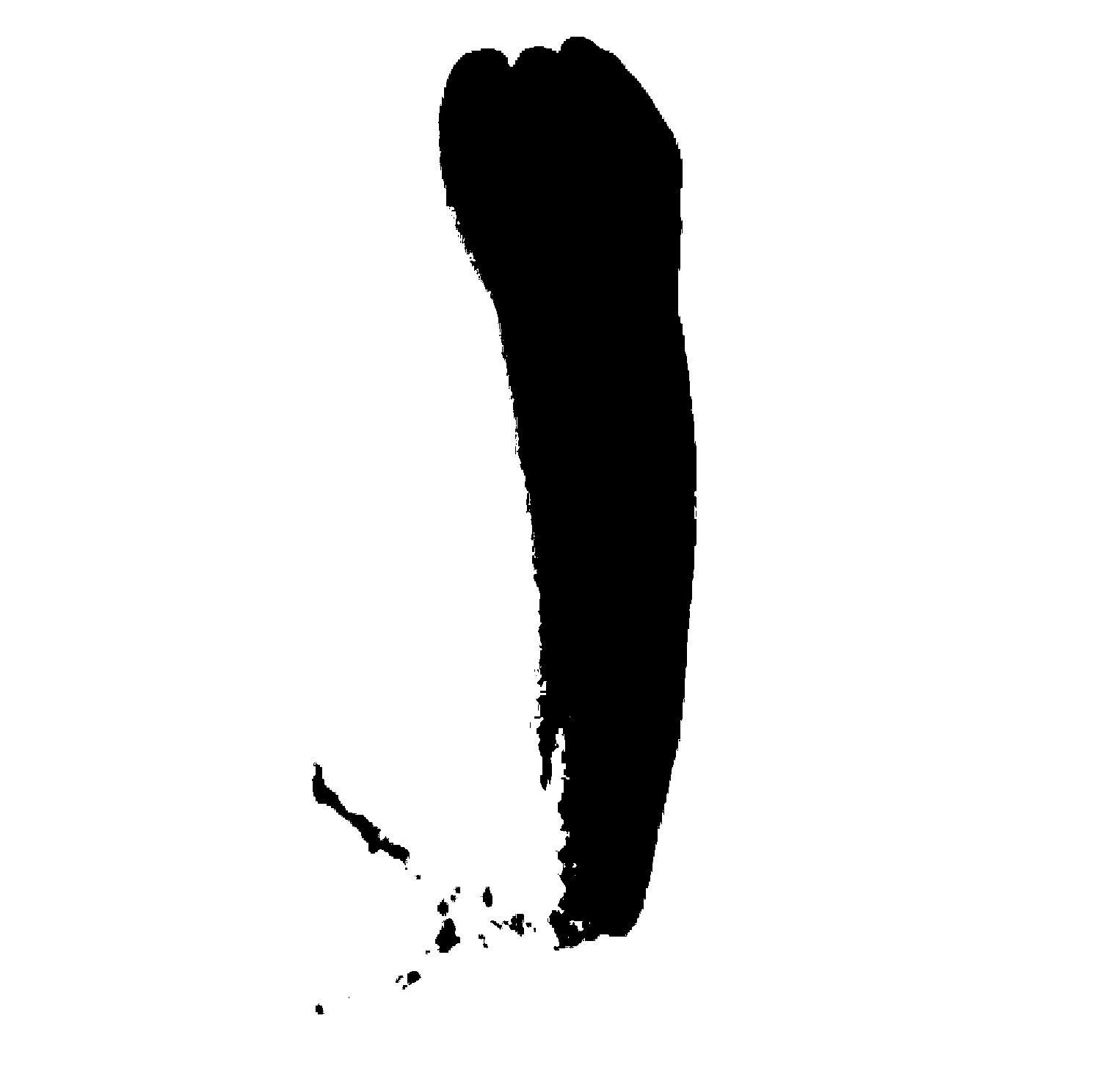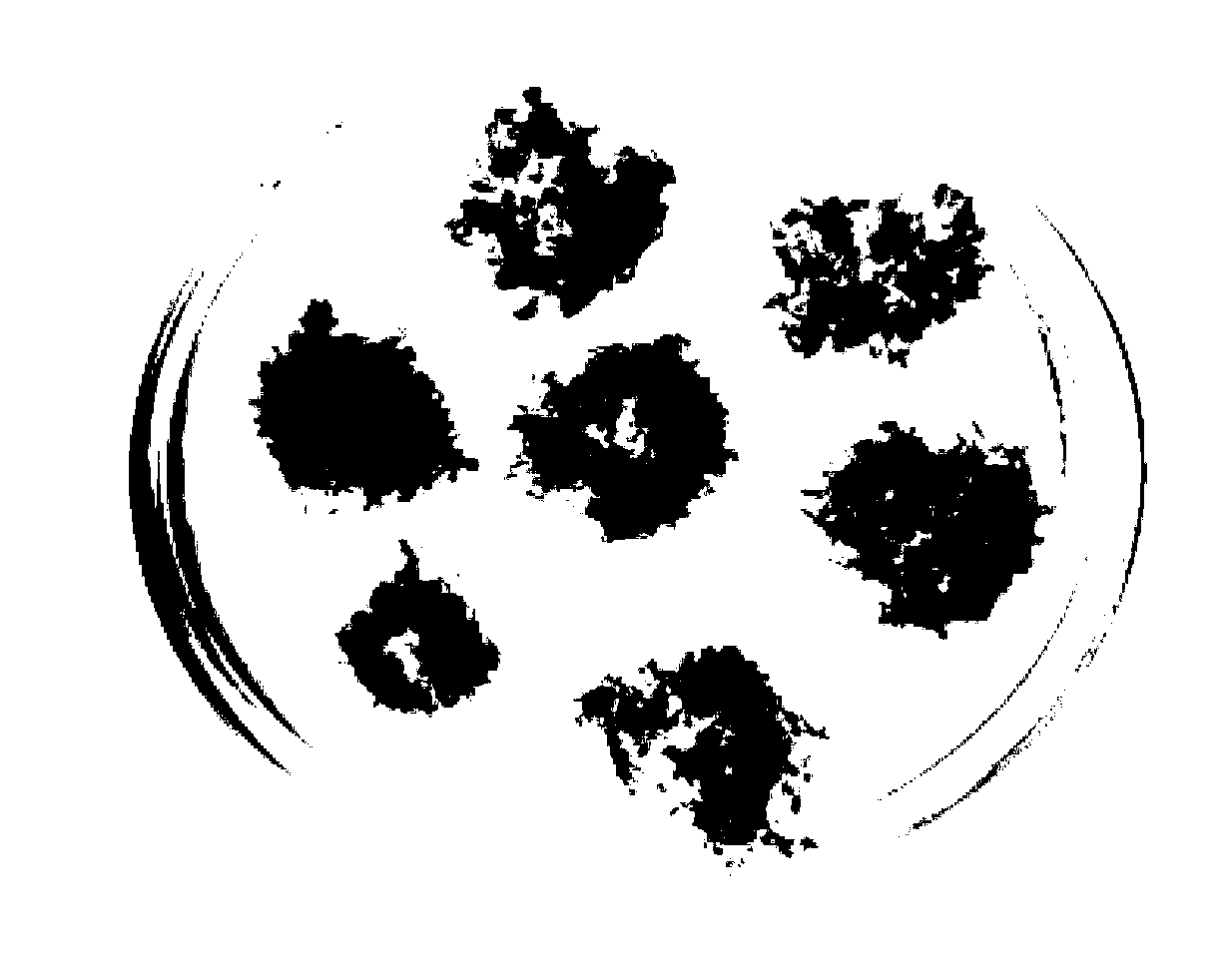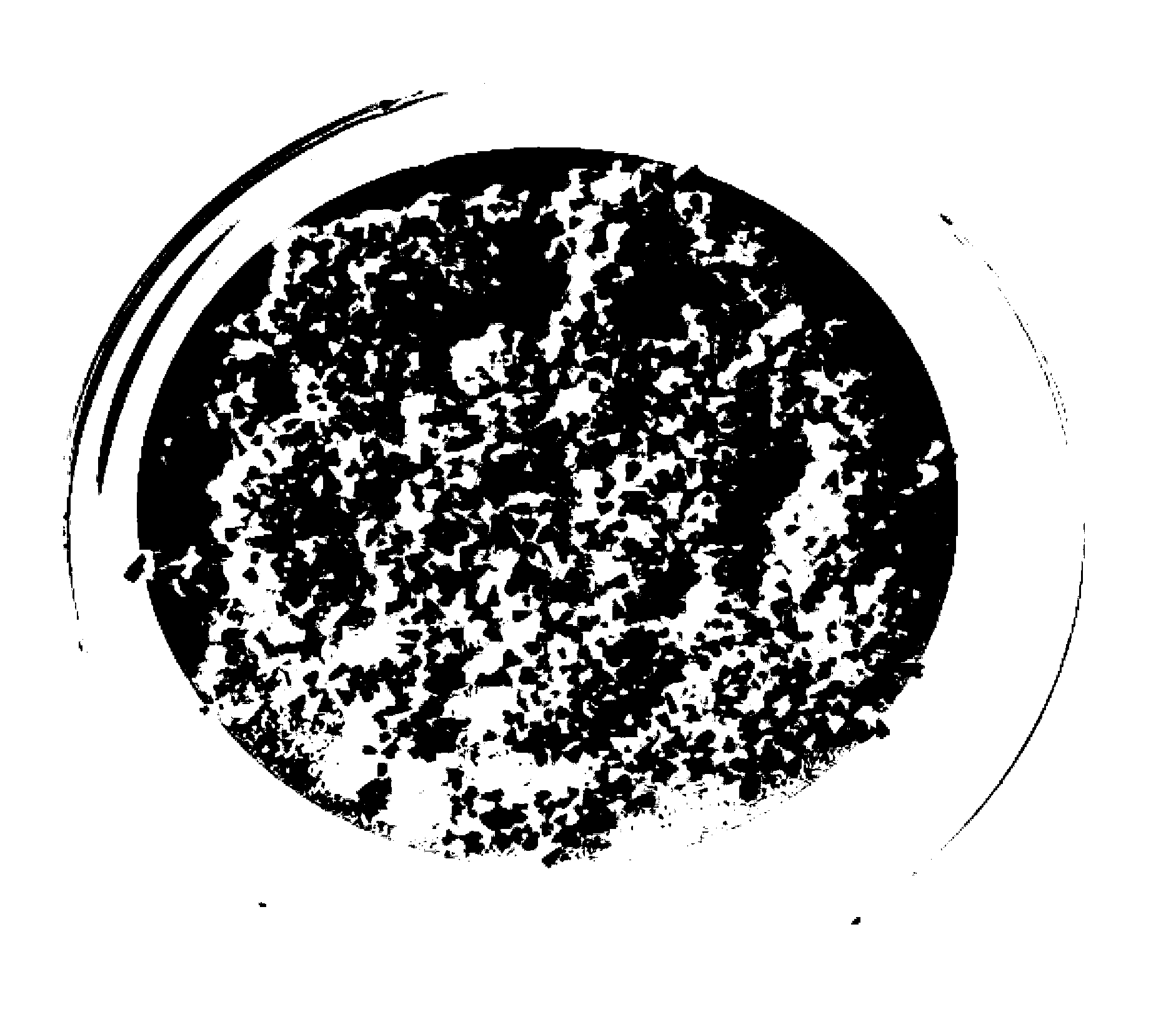Method for somatic embryogenesis and plant regeneration of Lijiang spruce
A technology of embryogenesis and somatic embryos, applied in plant regeneration, botany equipment and methods, horticultural methods, etc., can solve the problems of low differentiation rate, high concentration of growth regulators, and high cost, so as to improve differentiation rate and reduce cost Effect
- Summary
- Abstract
- Description
- Claims
- Application Information
AI Technical Summary
Problems solved by technology
Method used
Image
Examples
Embodiment 1
[0038] Isolation of mature zygotic embryos: collect the clonal cones obtained by free pollination in spring and at the end of August, and refrigerate the harvested cones at 4°C for 7 days. The cones were treated with 95% ethanol for 15 minutes, and washed 3 times with sterile water. Under sterile conditions, remove the seeds and peel off the seed coat, and mature zygotic embryos (such as figure 1 shown) for the next stage of embryogenic callus induction.
Embodiment 2
[0040] Embryogenic callus induction stage: The mature zygotic embryos obtained in Example 1 were subjected to embryogenic callus induction, using 1 / 2LM basic medium, and the additional hormone concentrations were 2, 4-D2.2mg / L and 6- BA0.55mg / L, add 1g / L natural complex enzymolysis casein, contain 1% sucrose, 500mg / L glutamine (sterilized by filtration) and 0.2% plant gel (Gelrite, Sigma). Before sterilization, adjust the pH to 5.8, sterilize at 121°C, pressure 101kp, high temperature, high pressure for 20 minutes, culture temperature 24±1°C, and culture in dark conditions until embryogenic callus is induced.
[0041] About 2 to 3 days after the mature zygotic embryo is inserted into the above-mentioned medium, it starts to start, and the grown callus is light yellow and translucent. About 25 days, some of them formed green tumor-like hard callus, which browned after subculture (the subculture method is completely consistent with the conditions of this stage), while some grew...
Embodiment 3
[0043] Embryogenic callus induction stage: The mature zygotic embryos obtained in Example 1 were subjected to embryogenic callus induction, using 1 / 2LM basic medium, and the additional hormone concentrations were 2, 4-D2.2mg / L and 6- BA0.8mg / L, add 1g / L natural complex enzymolysis casein, medium contains 1% sucrose, 500mg / L glutamine (sterilized by filtration) and 0.2% plant gel (Gelrite, Sigma). Before sterilization, adjust the pH to 5.8, sterilize at 121°C, pressure 101kp, high temperature, high pressure for 20 minutes, culture temperature 24±1°C, and culture in dark conditions until embryogenic callus is induced.
PUM
 Login to View More
Login to View More Abstract
Description
Claims
Application Information
 Login to View More
Login to View More - R&D
- Intellectual Property
- Life Sciences
- Materials
- Tech Scout
- Unparalleled Data Quality
- Higher Quality Content
- 60% Fewer Hallucinations
Browse by: Latest US Patents, China's latest patents, Technical Efficacy Thesaurus, Application Domain, Technology Topic, Popular Technical Reports.
© 2025 PatSnap. All rights reserved.Legal|Privacy policy|Modern Slavery Act Transparency Statement|Sitemap|About US| Contact US: help@patsnap.com



